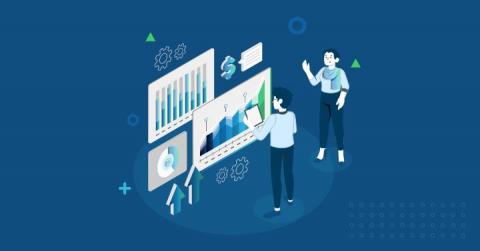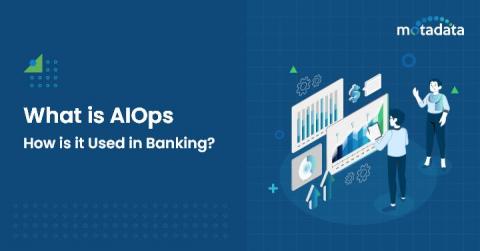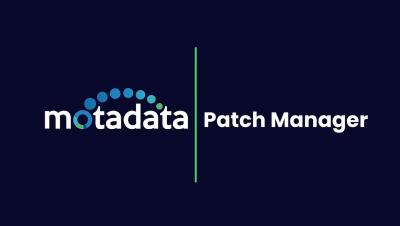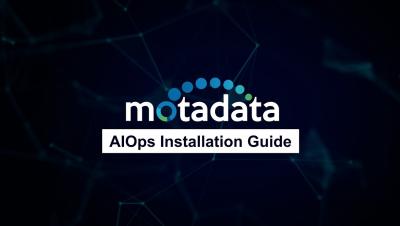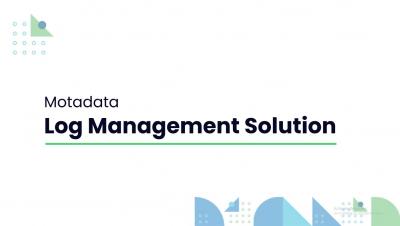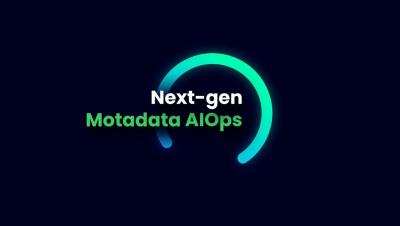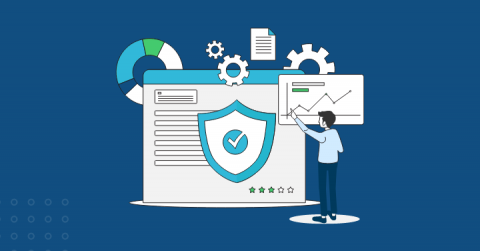Top 6 AIOps Use Cases
In the realm of modern IT, where the infrastructure complexity grows by the day and downtime equates to high-stakes losses, a transformative solution is not just desirable – it’s the need of the hour. Enter Artificial Intelligence for IT Operations (AIOps) — a powerful combo of AI and IT operations that is reshaping the landscape of IT management. And these are not just empty claims.


